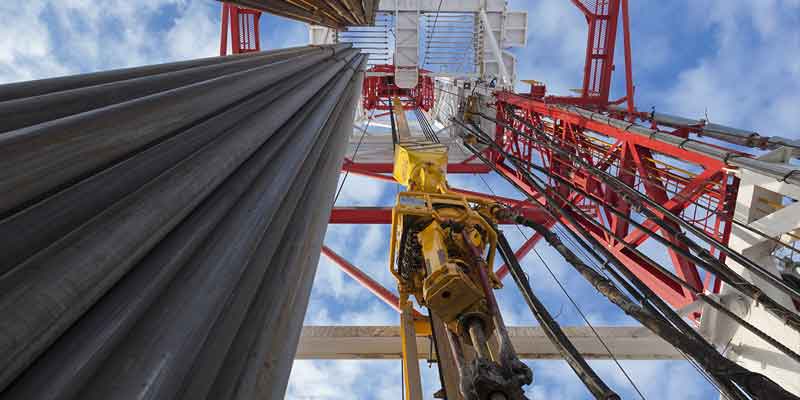Crucial in drilling trouble-free wells
Q: What does the model say the answer is?
A: What do you want it to be?
Remember that one time you put together a wellbore model, ran it, and found that SPP, ECD, Hookload and Torque matched the actual values your rig team reported to you later on that day exactly?
Yeah, I don’t remember that ever happening either.
When designing a well, particularly when modeling Torque, Drag, Hydraulics, and Swab/Surge, we use the best inputs available. Proposed BHA’s straight from the DD coordinator, pilot-tested mud properties for the additives desired, pipe spec sheets right from the vendor themselves. We put it all together, and it doesn’t match the actual values.
It’s not supposed to – models are made to be calibrated.
HXR’s ERDPro® drilling engineering software is specifically designed to be easily calibrated in the field. This is important, not only to match the model to the actual while drilling the current well, but to use as a base case for longer wells in the program. For example, TFA/EFA and OD/ID adjustments are easily made, as are adjustments to rheology and temperature effects. It is important to realize that matching ECD can also enhance the accuracy of Swab/Surge models, since ECD is measured every couple of minutes; you’re tripping pipe blind with no measurements whatsoever. Recognizing that the mud is thicker/thinner while tripping, and producing models that take this into account, allow for Tripping Schedules that minimize formation instability issues and fluid influx. This, in turn, can have significant cost savings in terms of NPT, as well as enhanced safety.
There is a lot of uncertainty in conventionally accepted spec sheets and reported values. For example, pipe wears out, and even good quality, nearly new pipe can be smaller in OD and a bit larger in ID due to abrasion — over 20,000’ or more, these small changes can add up. An LWD BHA from even the best vendor isn’t quite the same as a fishing diagram — there are a lot of changes in OD and ID within an MWD tool; many are not even flow-through, or have within them severely limited efa. That’s okay — they need those ID changes to produce pulses or power the tools themselves; however, it cannot be easily modeled. Also, many tools, such as motors or agitators, are tested with water and assigned a Pd; but not all motors come off the shelf with the same tightness, and things can change downhole. Should you enter in a given Pd, or try to enter in an “equivalent TFA”? That’s the best – but to do that, you need to calibrate; it’s not typically found, for your temp, rheology and mw, on the spec sheet. Let’s not forget things that effect T&D either — we know pipe wears and OD/ID of the body and TJ’s change — that change can, depending on age and quality of pipe, can be several lbs/ft. Using the expected adjusted weight might get you close for short wells; for 20, 30, even 40(!) thousand footers — you need to know the exact weight to plan your expected lift and torque capacities — can your TDS even turn the pipe? This also ties back to your mud system — do you need more lube? Can your mud handle more lube without sacrificing rheology? Do you need more tools or surface equipment — is a bead recovery unit in your future?
What about tripping? You get a BHA that says your LWD tool is 6.75”. I’m sure it is, somewhere on the body — but how about that 7.65” tool body that is on it? Or maybe your RST is 6.75” — how about that 8.4” sleeve when you’re drilling 8.5” hole? Is that being taken into account? Because if not, you run the risk of damaging the formation, or swabbing it in after you as you trip out.
That brings me to another point – is your ECD calibrated to the PWD tool, or to the bit? Most companies have excellent, highly accurate PWD tools. You can set your watch by them, as the saying goes — 150’ behind the bit… But what is the pressure around the lower BHA? The bit? The RST sleeve or mudmotor stab/kickpad? This all needs to be modeled as accurately as possible. Don’t believe there is much difference? Ever been drilling ahead and start to take losses, and by the time the driller notices it, decides it’s real and not somebody dumping a tank, calls the coman, and explains the situation, you notice the losses go away? Ever pulled back up across that zone and start to take losses again? What could it be? Commonly, the answer is, “Must have knocked the wallcake off.” Well, maybe… Or maybe your ECD is HIGHER, much higher, around all those big BHA tools than it is around the DP?
Taking accurate measurements, calculating and calibrating accurate models, and carefully watching and comparing trends while drilling are what ERD companies do. It is much, much more difficult than a lot of clients may realize, but it is crucial in drilling trouble-free wells. But it’s garbage in/garbage out; start with inaccurate models, you’ll get inaccurate results. No matter which ERD company you use, or if you utilize your own rig engineers to help watch your wells, make sure they are modeling your wells accurately, and are able to both identify and explain any variations they see. Most importantly, make sure then can make adjustments to the models they produce, and use them to plan any of your longer, more difficult wells scheduled for later in the program.
Posted on: January 28th, 2016
Filed under: Blog, Extended Reach Drilling, Software Solutions, Well Design

